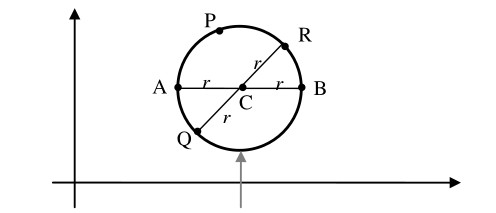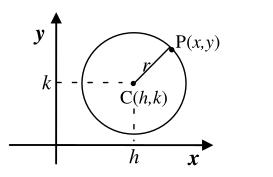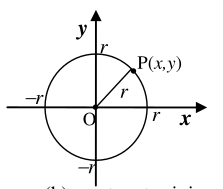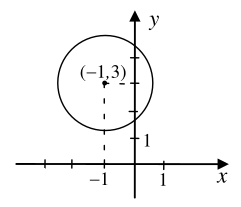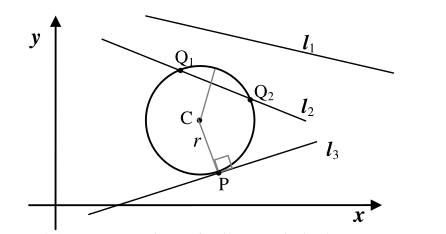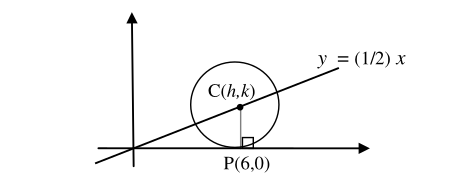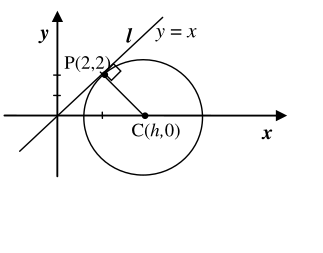By the end of this section, you should
-
know the geometric definition of a circle.
-
be able to identify whether a given point is on, inside or outside a circle.
-
be able to construct equation of a circle.
-
be able to identify equations that represent circles
-
be able to find the center and radius of a circle and sketch its graph if its equation is given.
-
be able to identify whether a given circle and a line intersect at two points, one points or never intersect at all.
-
know the properties of a tangent line to a circle.
-
be able to find equation of a tangent line to a circle.
